-

After the 17th Chinese Communist Party Congress National Meeting in 2007, China started focusing on South Asia, specifically India. Both have been favourably disposed towards multilateralism, with India joining the Shanghai Cooperation Organization as an observer and China joining the SAARC summit in April 2008, also as an observer. Besides, people-to-people diplomacy expanded with mutual tourist visits.
-

Of late, the menace of computer ‘hacking’ has become a punishable offence if it compromises national security and is no longer an act of fun or profit. Of course, not all acts of hacking will amount to terrorism. This could be regarded as terrorist action only if the hacking is designed to disrupt the government’s activities, advance anti-national causes, or intimidate its citizens. A threat or real use of it is a potential act of terrorism, or rather, it can be regarded as cyber-crime or cyber-terrorism in a broader context.
-

Chandrayan-1 has created history. It has proved instrumental towards finding water on the surface of the moon. The Indian Space Research Organization (ISRO) has proved its competence once again, but this time, it should also thank its stars, and this is not because there is something amiss with its capabilities but because of the lack of maturity shown by some segments of society earlier when Chandrayan-1 had permanently lost its contact with the earth.
-
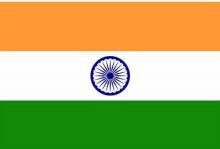
India’s announcement on voluntary reduction of greenhouse gas (GHG) emissions has accelerated otherwise snail-paced negotiation on a deal to be reached in Copenhagen this December. It is a welcome step but a tactical move. From the solitude of obstructing, as many argue, to all-inclusive Copenhagen, India has sent a signal of relief to the climate negotiators, mostly representatives of developed countries. If the world sees this Indian move as a surprise, they are wrong.
-
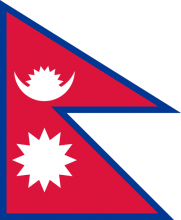
Cross-border threats, which involve an influx of counterfeit currencies, illegal arms, smuggling of narcotics, illicit wildlife trade and its derivatives and cross-border terrorism, are gaining momentum along the 726-kilometre-long porous India-Nepal border. It is a grave concern for India, considering the present political instability in Nepal.
-
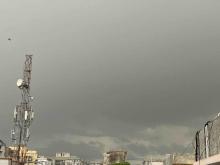
Indians are, by nature, emotive. Unfortunately, they believe in overreacting. So, be it 26/11, Swine flu, or a draught-like situation: mostly, they react excessively. They cannot even take a loss by a cricket team sportingly, so naturally, they are bound to start the blame game when drought is at the doorstep. What better punching bag could be than the Indian Meteorological Department (IMD)? Few intellectuals are even asking for its closure.
-
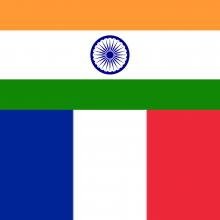
Defence cooperation is the area of Franco-Indian relations that has seen the most substantial progress. Over time, the partnership has evolved from the short-term, tactical interactions of the Cold War era to a more long-term, strategic alignment. Today, France is one of India's most trusted Western defence partners.
-
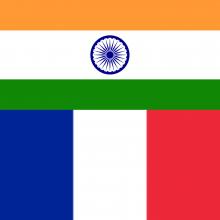
On July 14th, a contingent of more than 400 Indian troops, drawn from the Army, Navy, and Air Force, marched down from the Arc de Triomphe monument during the Bastille Day military parade on the Champs Elysees avenue in Paris. The event occurred in the presence of Indian Prime Minister Manmohan Singh and French President Nicolas Sarkozy. It undoubtedly heralds a new chapter in Franco-Indian ties, and the participation of Indian troops in the parade indicates a more profound trend that has been steadily growing over the past decade.
-
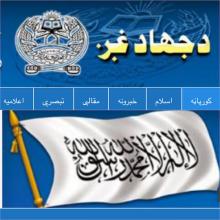
For India’s military, the Taliban is a threat looming large on the horizon. The perception of the Taliban making inroads into India had increased since December 2008, when Tehrik-i-Taliban Pakistan (TTP) chief Baitullah Mehsud vowed to fight alongside the Pakistan army if a conflict broke out between India and Pakistan. The verbal threat has since been underlined by the Taliban’s eastward movement inside Pakistan, from its bases in the North-West Frontier Province (NWFP) to the city of Lahore, close to the Indian border in Pakistan’s Punjab province.
-

During the present global turmoil, the Australian government has announced an aggressive defence policy. The White Paper on defence, ‘Defending Australia in the Asia Pacific Century: Force 2030,’ envisages a considerable increase in defence expenditure and a significant military acquisition programme for the Australian Defence Forces (ADF).
Paxton ported to drupal by DropThemes.in